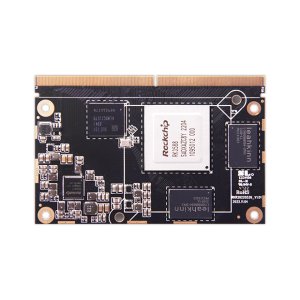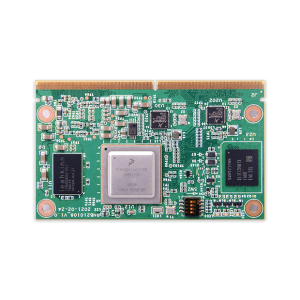Top Computer on Module (COM) Manufacturers to Consider for Your Projects
Top Computer on Module (COM) Manufacturers to Consider for Your Projects
Blog Article
Edge computing has emerged as a revolutionary tendency in the technology business, enabling quicker information processing and decreased latency by taking computational power nearer to where information is created. A key invention encouraging that transformation is the increase of system on module design which are small, successful, and flexible computing devices made to combine effortlessly in to personalized equipment systems.

The Role of Computer on Segments in Edge Computing
Pc on Modules have grown to be fundamental in side processing because of the capability to improve equipment design while sustaining effective handling capabilities. Based on a recently available report by MarketsandMarkets, the world wide side research market is expected to develop from $40.84 million in 2021 to $132.11 billion by 2026, with COMs enjoying a significant position in that expansion.
These modules are particularly impactful in industries requesting real-time knowledge analysis at the edge. Like, the transport industry uses COMs in autonomous cars for real-time decision-making, while intelligent towns use them to handle systems like traffic movement and power distribution.
Compact and Functional Design
One of the standout characteristics of Computer on Modules is their compact and modular design. This permits designers to combine high-performance processing power into edge units without the necessity for extensive equipment redesign. A study by IoT Analytics discovered that 68% of organizations employing IoT answers consider modular hardware like COMs vital for fast deployment and scalability.
COMs also help tailor-made configurations, creating them suitable for a wide variety of purposes, from commercial automation to healthcare. Their ability to adapt to certain needs is a driving force behind their adoption in edge processing systems.
Energy Efficiency and Efficiency
Edge computing devices frequently perform in situations with limited power resources. COMs handle that problem by giving optimized power effectiveness without limiting on computational strength. A study by Allied Market Study highlighted that energy-efficient side research answers are predicted to take over the market through 2030, placing COMs as a vital portion for achieving that goal.
Moreover, with improvements in processors and integrated artwork, COMs today deliver the efficiency needed for AI-driven purposes at the edge. This not just enhances real-time capabilities but in addition reduces dependence on centralized cloud systems.
Why the Potential Goes to COMs
With global knowledge generation estimated to reach 175 zettabytes by 2025, edge computing is placed to be much more integrated than ever. Pc on Modules provide an adaptable, energy-efficient, and scalable option for handling that influx of data. Their relevance across varied areas like healthcare, production, and telecommunications only underscores their crucial role in surrounding the future of side computing.
COMs are no longer only a scientific development; they're the backbone of next-generation side programs operating creativity and efficiency across the globe. Since the need for edge research continues to grow, so may the value and influence of COMs in that fast developing landscape. Therefore, it's safe to state that Pc on Segments are here to stay and may continue surrounding the future of side computing.

Conclusion
Side processing is transforming the way we method and utilize knowledge, with Pc on Modules at the lead of this revolution. Their lightweight style, flexibility, energy efficiency, and performance make them a perfect solution for processing real-time knowledge at the edge. As industries increasingly count on side computing for their procedures, COMs can play an essential role in driving development and effectiveness in these systems. Report this page